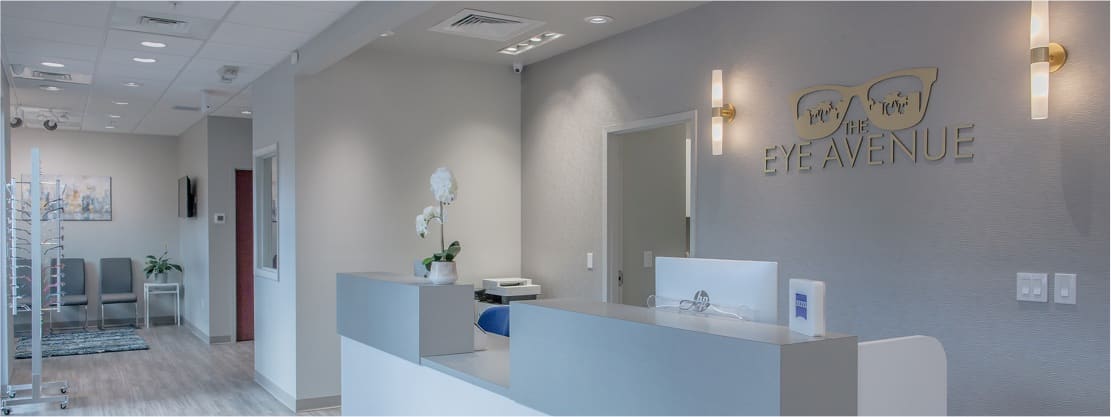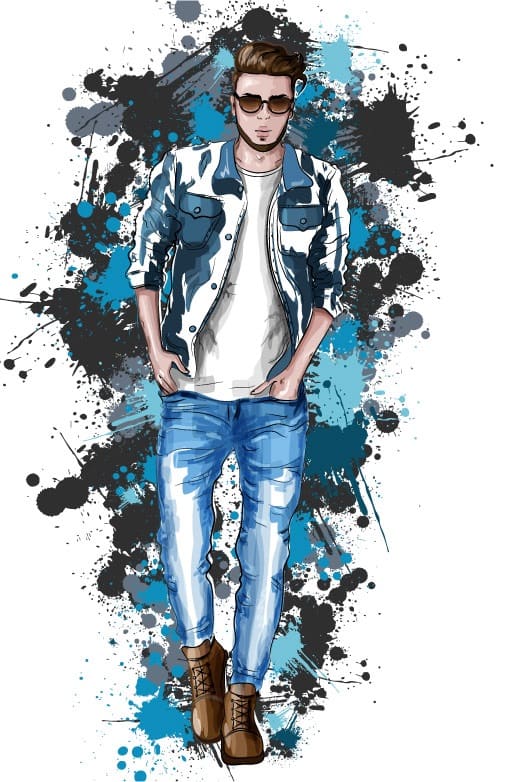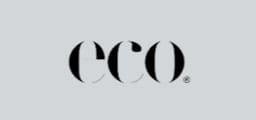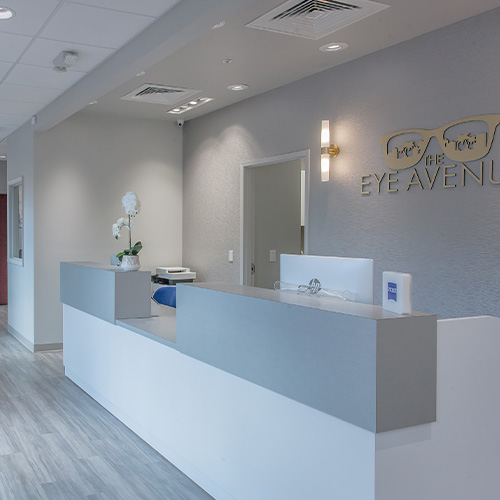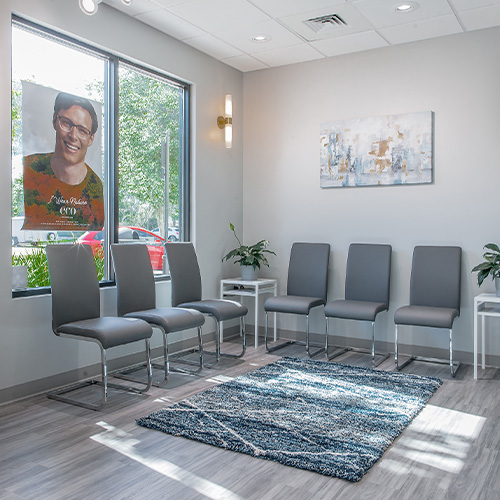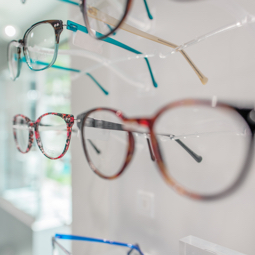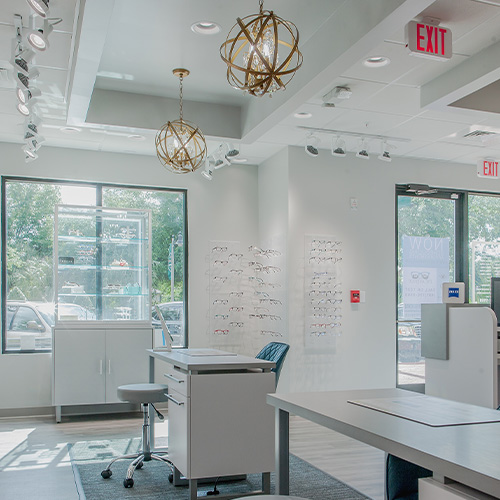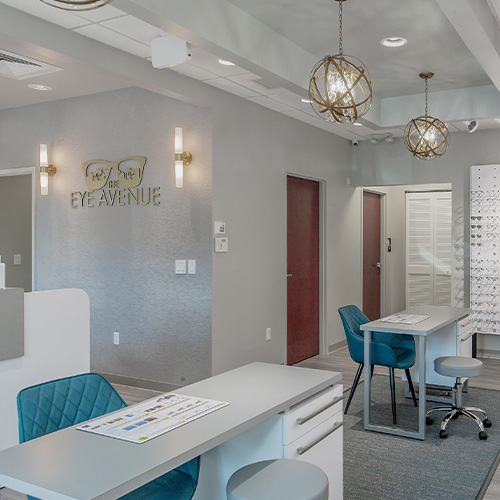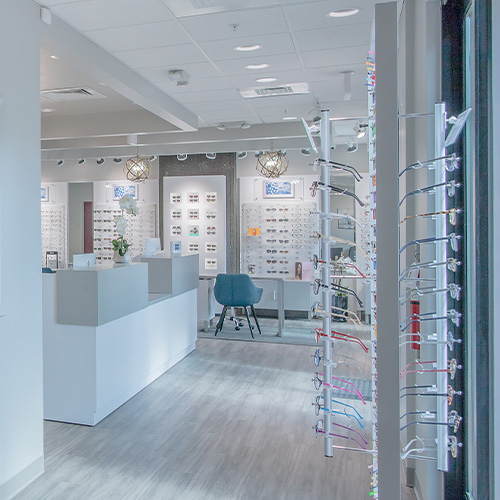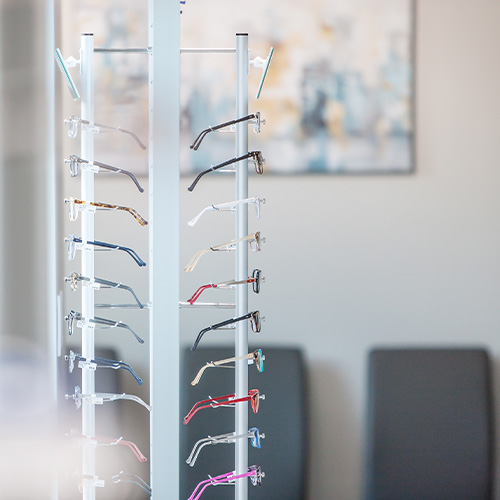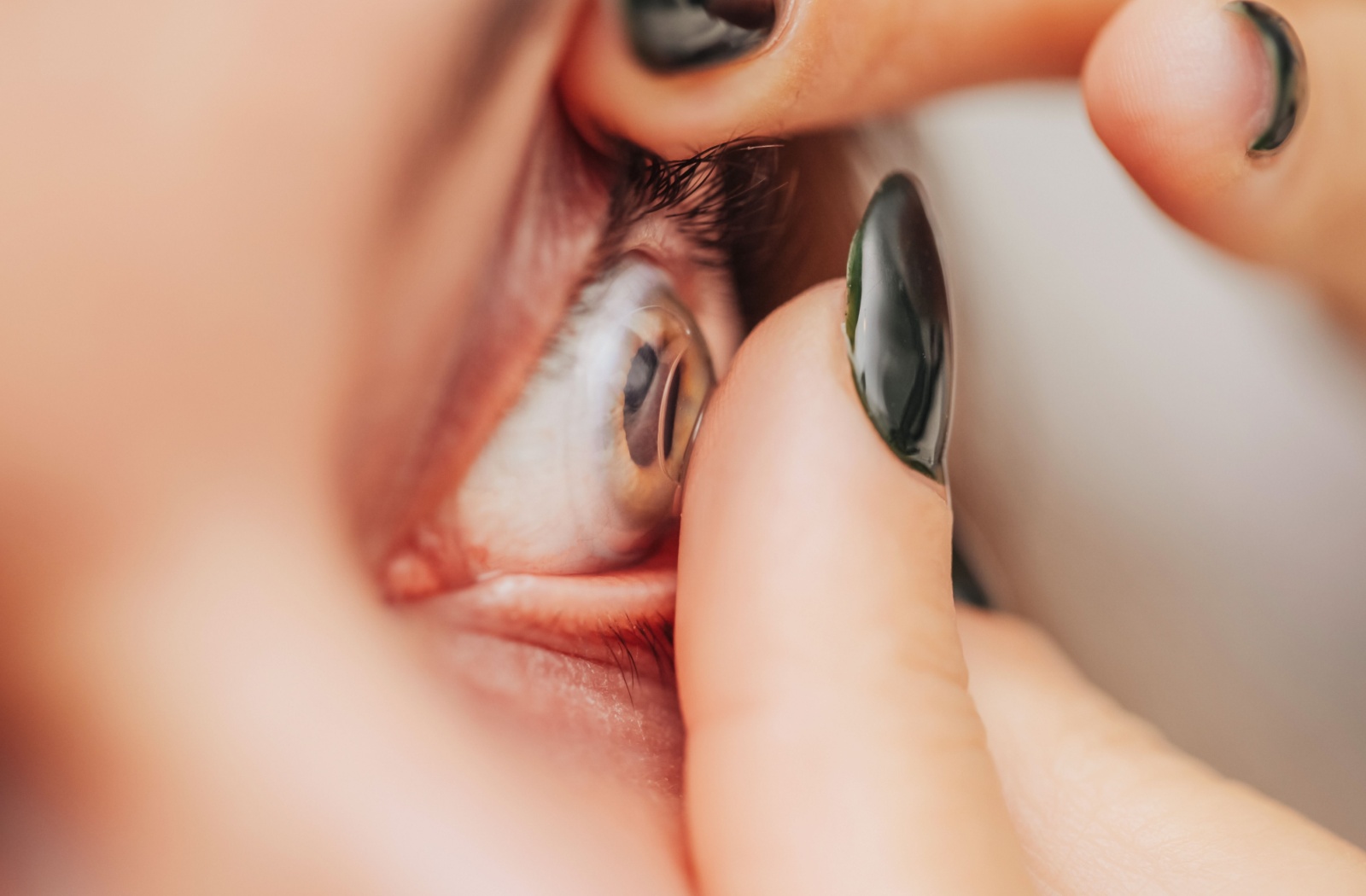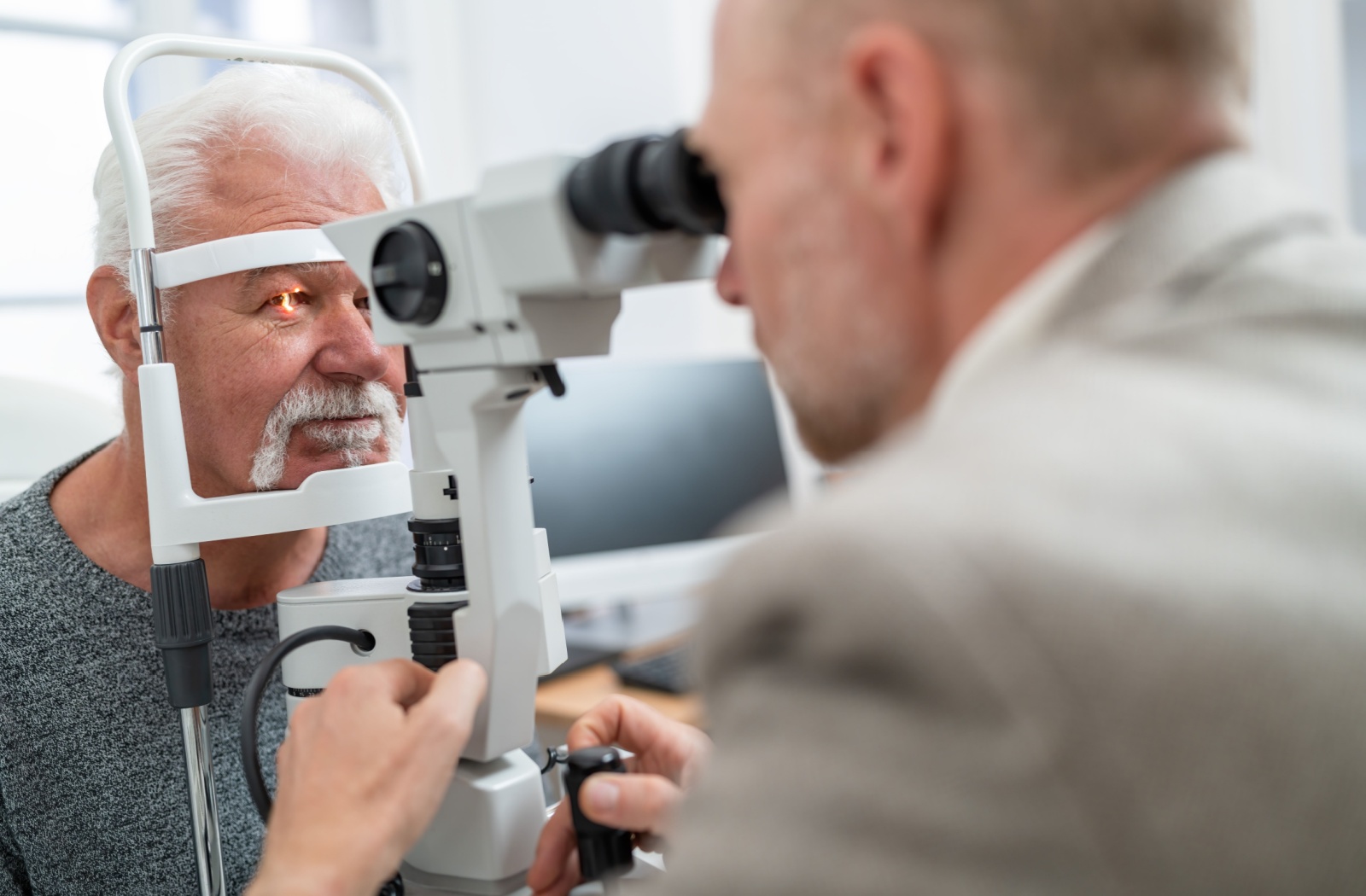Set Your Child Up for Success
Vision problems can emerge early in life, making regular eye exams essential for your child’s development and success in school. Our practice provides personalized eye care for children ages 5 and older. By this age, many visual skills critical for learning are developing rapidly, and a comprehensive eye exam helps make sure that your child’s eyes are ready to support their growth.
While we don’t see children under 5, early eye care remains vital. The American Optometric Association (AOA) recommends an initial eye exam between 6 and 12 months and another between ages 3 and 5. These early exams can identify potential issues, setting your child up for a lifetime of healthy vision.
When your child turns 5, our team is here to provide eye care tailored to their needs. Schedule their first visit today to keep their eyes healthy and strong!


